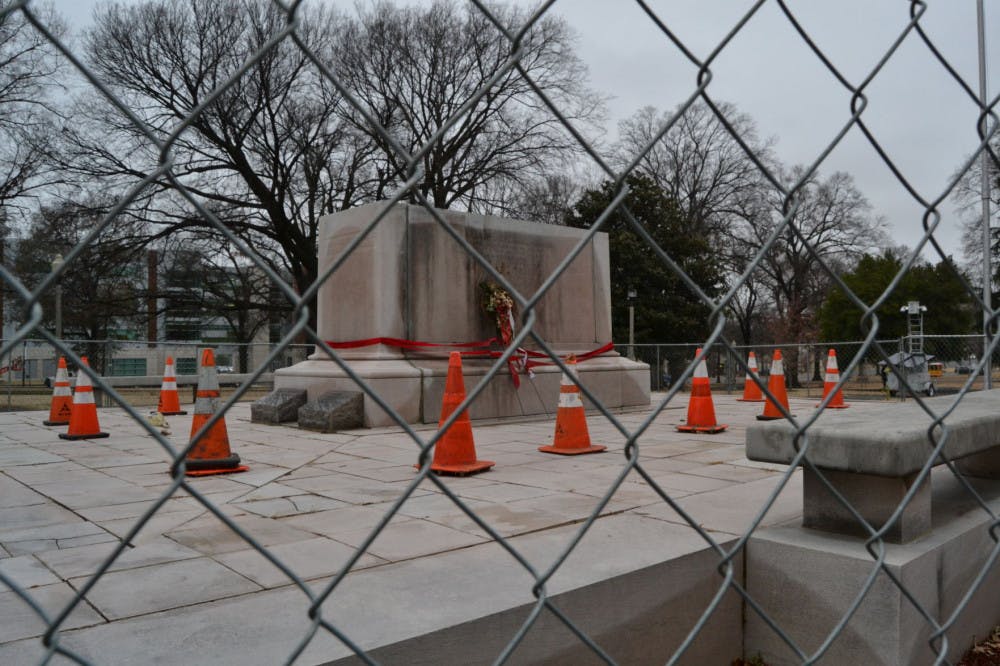Over winter break, the statues of Confederate General Nathan Bedford Forrest and Confederate President Jefferson Davis were removed from Memphis parks.
In addition to the statues being removed, the two parks where they once stood were sold to Memphis Greenspace, a non-profit organization that helps in the renewal of neighborhood parks.
The majority of the Memphis City Council wanted to take down both Confederate statues in part of a larger attempt to remove Confederate monuments across the United States.
Protests and concerns about Confederate monuments and their significance to United States history have popped up recently in a nationwide movement to remove them and their controversial memories.
Along with Tennessee, Confederate monuments in Maryland, Texas, North Carolina and multiple other states were also taken down because they could remind the country of its oppressive past.
“These statues no longer represent who we are as a modern diverse city with momentum,” Memphis Mayor Jim Strickland said in a press conference about the statue’s removal. “This is another step in a years-long journey of which many Memphians have been a part.”
Strickland said the community pushed for equality, and they got what they deserved.
“In my time in Memphis, I’ve never seen such solidarity,” Strickland said. “Thank you. This could not have happened without your support.”
Van Turner, the director of Memphis Greenspace, said removing the statues is just the beginning.
“There are other parks that need to be liberated from mediocrity and returned to the people as a unifying asset,” Turner said.
Turner said he hopes the Memphis community and others can change their parks to invite everyone from any background.
“We think there are other parks in which we can assist,” Turner said. “We look to the future to create spaces, including all parks, that welcome all Memphians.”
Tami Sawyer, a community activist, created the “Take ‘Em Down 901” movement in efforts to take down the Confederate statues and build an environment for everyone to enjoy.
Sawyer said no matter who tries to stop her group, they will get what they are fighting for, and this will help future generations come together and learn from the problems of history.
Sawyer also said she is proud of all the people who protested with the movement since August 2017 and said Memphis has moved a step closer to unity.
“The people made this movement happen,” Sawyer said. “’Take ‘Em Down 901’ is now ‘Took ‘Em Down 901.’”
The tombstone of Confederate General Nathan Bedford Forrest sits in Health Sciences Park without Forrest's statue on top after the statue was removed in late December 2017. The monument was blocked off to the public after the removal of the statue.
The statue-less tombstone of former President of the Confederacy Jefferson Davis sits in Memphis Park downtown. After both the statues of Davis and of Nathan Bedford Forrest were removed in December 2017, the city of Memphis has seen feedback from people both for and against the decision.




